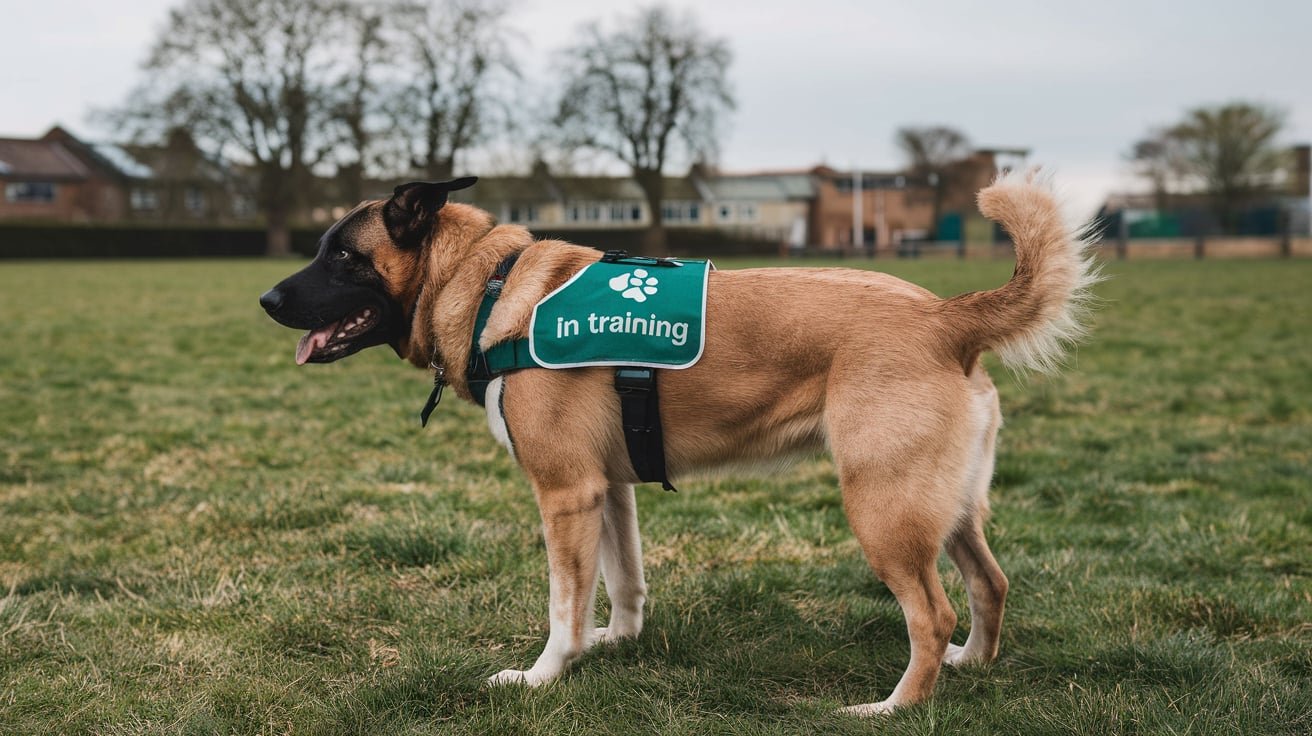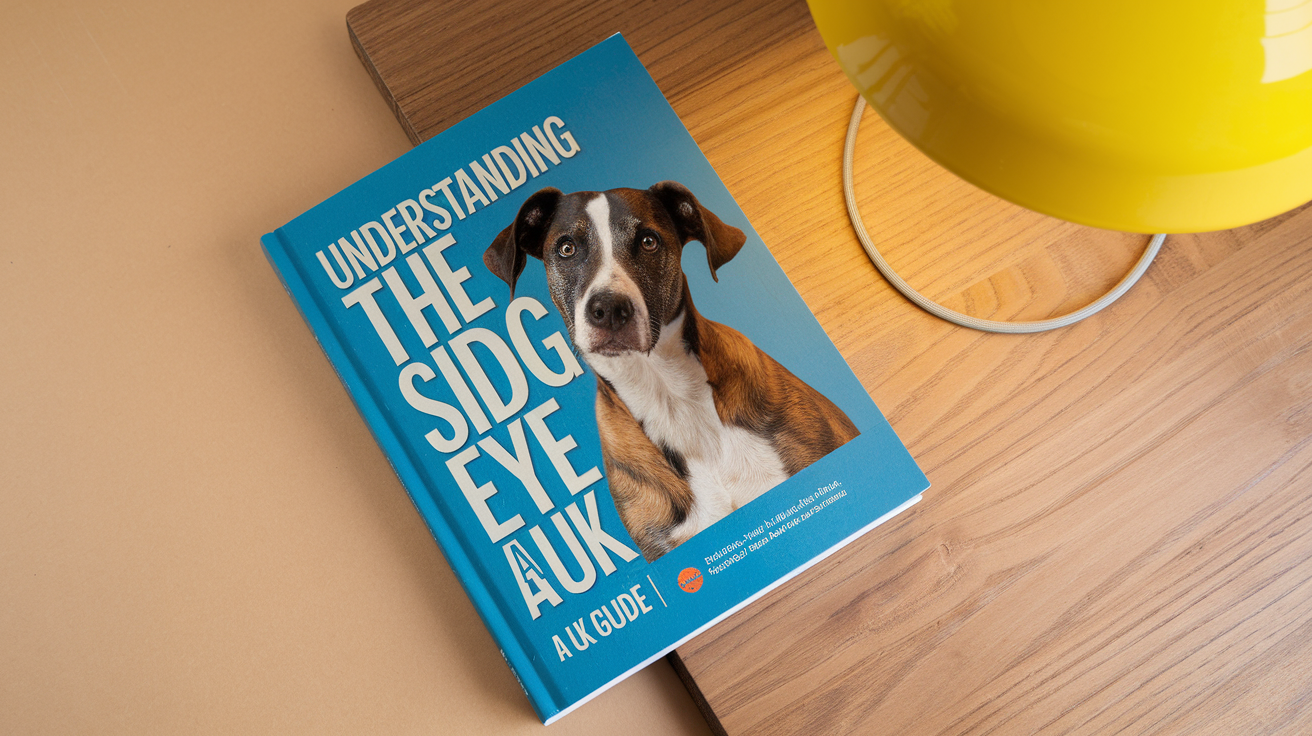Can Dogs Be Gay? Understanding Sexuality in Our Canine Companions
When it comes to our beloved dogs, we often find ourselves asking all sorts of questions about their behavior. One of the more intriguing and sometimes controversial questions that pet owners and animal lovers alike may wonder about is: Can dogs be gay? This topic might seem strange at first, but it touches on broader issues of animal behavior, biology, and how we understand sexual orientation. Let’s dive into this fascinating subject and explore what it really means.
Understanding Dog Behavior
Before jumping into whether dogs can be gay, it’s important to first understand canine behavior in general. Dogs communicate and interact with the world in ways that are very different from humans. They rely heavily on their sense of smell, body language, and vocalizations to express themselves.
One of the behaviors that often confuses pet owners is when a dog mounts or humps another dog, whether of the same or opposite sex. Many people immediately think this is a sign of sexual attraction, but in reality, mounting can have various meanings in the dog world.
Reasons Dogs Mount Other Dogs
1. Social dominance: Dogs often mount each other as a way to assert dominance. This is especially common in multi-dog households or at dog parks, where they’re figuring out their social hierarchy.
2. Play behavior: For some dogs, mounting is simply part of play. It’s a way to interact and engage with other dogs, especially when they’re excited or energized.
3. Stress or anxiety: Sometimes, dogs will mount as a way to relieve stress or anxiety. It can be a comforting behavior that helps them feel more secure.
4. Sexual behavior: Of course, mounting can also be a sexual behavior, especially if a dog hasn’t been spayed or neutered. However, this doesn’t necessarily indicate a specific sexual orientation.
Can Dogs Have Sexual Orientations?
Now, to address the question directly: Can dogs be gay? The short answer is that dogs don’t have sexual orientations in the same way that humans do. In humans, sexual orientation refers to a consistent pattern of romantic or sexual attraction to people of the same sex, the opposite sex, or both. However, animal sexuality is more about behavior than identity.
When dogs mount or engage in what seems like homosexual behavior, it’s usually not about sexual attraction in the way humans understand it. Instead, it’s more likely to be related to the reasons mentioned above, such as dominance or play.
Scientific Perspective on Animal Homosexuality
That said, homosexual behavior has been observed in many animal species, including dogs. Studies have documented same-sex mounting, courtship, and even pair bonding in animals ranging from birds to mammals. But it’s crucial to note that in the animal kingdom, these behaviors are often situational rather than a sign of a fixed sexual orientation.
For example, in some species, same-sex behaviors may occur when there’s a lack of opposite-sex partners, or as a way to strengthen social bonds within a group. This is very different from the concept of being gay in humans, where sexual orientation is typically a lifelong aspect of a person’s identity.
The Importance of Neutering and Spaying
If your dog frequently mounts other dogs or exhibits behaviors that you find concerning, it might be worth considering spaying or neutering. This simple procedure can reduce sexual behaviors and help your dog focus more on play and social interactions. It’s also beneficial for controlling the pet population and preventing certain health issues.
Anecdote: Max and Buddy’s Bond
Let’s consider a real-life scenario to put this into perspective. Max, a golden retriever, and Buddy, a beagle, lived together for years. Max would often mount Buddy during playtime, leading their owners to jokingly refer to them as a “gay couple.” However, the reality was that Max wasn’t necessarily attracted to Buddy in a sexual way; he was simply expressing his excitement and playful nature. Over time, with proper training and a good understanding of canine behavior, Max’s owners were able to redirect his energy into other forms of play, and the mounting behavior decreased.
This story illustrates how what might seem like homosexual behavior in dogs is often just a natural part of their social interactions. Understanding this can help dog owners manage their pets’ behavior more effectively and enjoy their unique personalities without misinterpreting their actions.
Addressing Misconceptions
It’s important to dispel some common misconceptions about dogs and sexual behavior. Many people might mistakenly believe that if a dog mounts another dog of the same sex, it means they’re gay. However, as we’ve discussed, this behavior is not necessarily a sign of sexual orientation but rather a normal part of how dogs interact.
Understanding dog behavior helps us avoid anthropomorphizing—attributing human traits or emotions to animals. While it’s tempting to see our pets as little humans, they experience and express the world very differently.
What Does This Mean for Dog Owners?
As a dog owner, it’s crucial to observe your pet’s behavior in context. If your dog is mounting other dogs, consider the circumstances. Are they doing it during play? When they’re anxious? Understanding the root cause of the behavior can help you address it appropriately.
If you’re concerned about your dog’s behavior or if it’s becoming a problem, consulting with a professional dog trainer or veterinarian can provide you with strategies to manage it. They can offer guidance tailored to your dog’s specific needs and help you ensure that your pet is happy and well-adjusted.
Conclusion: Embrace Your Dog’s Unique Personality
In conclusion, while dogs can exhibit behaviors that might look like homosexuality to us, it’s not accurate to label them as gay in the way we understand human sexual orientation. Dogs are complex creatures with their own ways of expressing themselves, and their behaviors are often driven by instincts, social dynamics, and individual temperament.
So, instead of worrying about labels, focus on understanding and nurturing your dog’s unique personality. By doing so, you’ll build a stronger bond with your furry friend and enjoy all the quirks that make them who they are.
Remember, whether your dog is mounting out of dominance, play, or stress, it’s all part of their way of communicating with the world. And as a responsible dog owner, your job is to guide and support them through it all.
I hope this article has provided some clarity on a topic that can be confusing for many pet owners. Understanding our pets better leads to stronger, healthier relationships with them. If you’re curious to learn more about canine behavior or need help managing your dog’s actions, don’t hesitate to seek out resources and professional advice. Your dog will thank you for it!
Can two male dogs be together
Can two male dogs be together? Yes, two male dogs can live together harmoniously, especially if they are well-socialized and properly trained. It's important to manage their interactions to prevent dominance-related conflicts.
Which gender of dog is more loyal
Which gender of dog is more loyal? Loyalty in dogs isn't determined by gender but by individual temperament, breed, and the bond they share with their owner. Both male and female dogs can be equally loyal companions.
Gay dog breeds
Gay dog breeds? There are no specific dog breeds that are "gay." Same-sex behaviors in dogs occur across all breeds and are typically related to dominance, play, or social interactions, not sexual orientation.
How do I know if my dog is gay
How do I know if my dog is gay? Dogs don’t have sexual orientations like humans. Same-sex behaviors are often about dominance, play, or social bonding rather than sexual preference.



